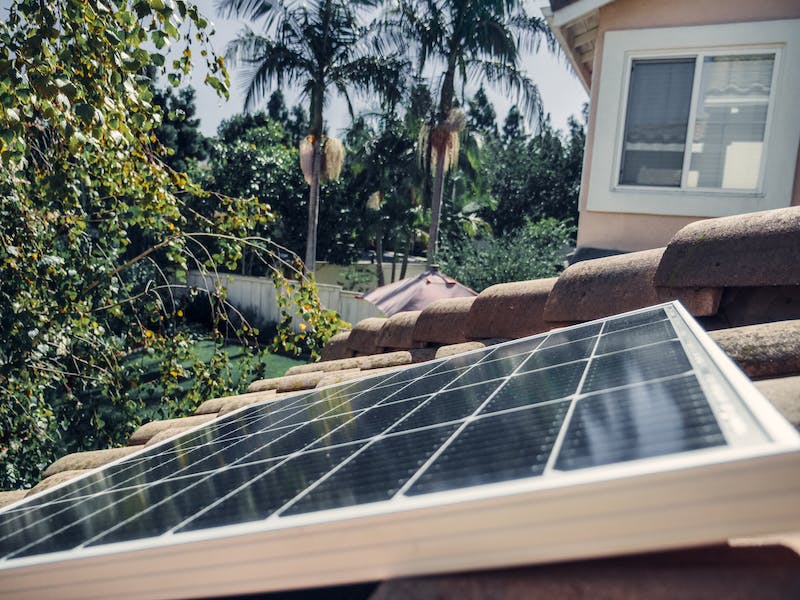Cool Comfort: Mastering the Art of Residential HVAC Design and Installation

Maintaining a comfortable and balanced indoor climate is essential to any properly functioning home. However, designing and installing an effective residential HVAC system requires deep technical knowledge and careful attention to a home’s unique characteristics and a family’s comfort needs. In this extensive guide, we aim to demystify the complex world of heating, ventilation, and air conditioning by breaking down the end-to-end HVAC design and installation process.
From the initial home assessment and energy audit to equipment selection, ductwork planning, and post-installation maintenance, our goal is to equip homeowners and HVAC professionals with the information needed to “coolly and comfortably” tackle any residential HVAC project confidently.
Conducting A Thorough HVAC System Assessment
Before diving into any HVAC design and installation project, thoroughly assessing the home’s existing heating and cooling system is crucial. It includes examining the current equipment, ductwork, insulation levels, and air quality. A professional technician should also evaluate the home’s layout and orientation to determine how heat is distributed throughout the rooms. They should also consider the number of occupants and their specific comfort needs.
An energy audit can also be conducted to identify any sources of energy inefficiency in the home, such as air leaks or inadequate insulation. This information is crucial for designing an HVAC system that meets a family’s comfort needs, maximizes energy efficiency, and reduces utility costs. Find out more at https://www.meadowair.com/brands/carrier/.
Designing an Optimized HVAC System
Once the assessment is complete, the next step is to design an optimized HVAC system that meets the home’s unique needs. It involves selecting the right equipment, determining appropriate sizing, and creating a ductwork layout that ensures proper air distribution.
Factors such as energy efficiency ratings, capacity, and compatibility with existing systems should be considered when selecting equipment. Ensuring that the equipment is correctly sized for the home is also essential. Oversized or undersized equipment can lead to inefficiencies and uneven heating and cooling.
Ductwork planning is also a critical aspect of designing an effective HVAC system. The layout should be carefully designed to minimize energy loss and ensure even air distribution throughout the home. High-quality materials and proper sealing techniques can also help improve energy efficiency and indoor air quality.
Installing Your New HVAC System Professionally
Once the system design is finalized, it’s time for installation. Hiring a professional HVAC technician with experience in residential installations is crucial to ensure that the system is installed correctly and according to industry standards.
During installation, the technician should carefully follow the design plan and pay special attention to proper equipment placement, sealing ductwork joints, and ensuring adequate insulation levels. Post-installation testing should also be conducted to ensure the system functions correctly and efficiently.
Maximizing HVAC Efficiency and Functionality
Proper maintenance and regular upkeep are vital for maximizing the efficiency and functionality of any HVAC (Heating, Ventilation, and Air Conditioning) system. By scheduling routine inspections and tune-ups with a professional technician, homeowners can ensure their system runs at peak performance.
In addition to professional maintenance, homeowners can also take proactive steps to maintain their HVAC system. One crucial task is regularly changing air filters to keep the system running smoothly. It improves indoor air quality and helps the system operate more efficiently. Furthermore, keeping outdoor units free from debris, such as leaves or branches, is crucial to prevent airflow obstruction and potential damage to the system.
By incorporating these simple yet effective maintenance tasks into their routine, homeowners can significantly reduce the risk of system breakdowns and extend the lifespan of their HVAC system. Taking a proactive approach to HVAC maintenance saves money in the long run and ensures a comfortable and healthy indoor environment for years to come.
Achieving Ideal Home Climate Control
With a well-designed and professionally installed HVAC (Heating, Ventilation, and Air Conditioning) system, achieving an ideal home climate becomes a reality. Imagine entering your home and being greeted by the perfect temperature, no matter the season. The system keeps your home at a comfortable temperature and works silently in the background to improve indoor air quality, ensuring you and your family breathe clean and fresh air.
But that’s not all. An efficient HVAC system can also help reduce utility costs, saving you money in the long run. By using advanced technologies and energy-saving features, it optimizes energy consumption while maintaining optimal comfort levels throughout your home. Aside from proper installation and maintenance, other ways take your home climate control to the next level.
Consider integrating smart thermostats, which learn your preferences and adjust the temperature accordingly, ensuring personalized comfort and energy efficiency. Zoning systems allow you to customize the temperature in different areas of your home, providing everyone’s comfort while saving energy. And, for those looking to embrace renewable energy, incorporating solar panels can further reduce your carbon footprint and energy costs.
In conclusion, mastering the art of residential HVAC design and installation involves combining technical knowledge and attention to detail. By conducting a thorough assessment, designing an optimized system, and hiring a professional for installation and maintenance, homeowners can achieve optimal comfort in their homes while maximizing energy efficiency and cost savings.




